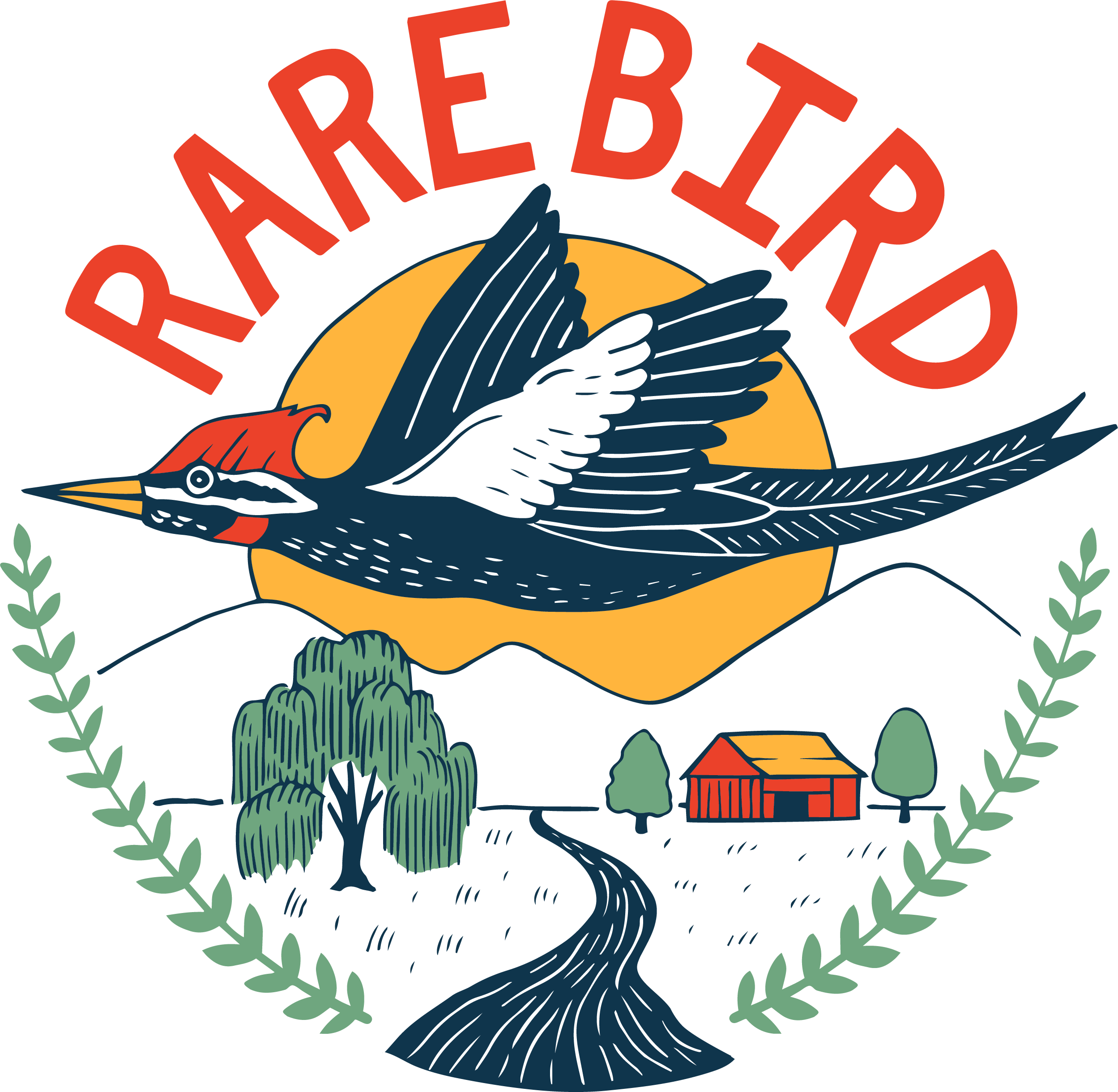History of the American Chestnut Tree
Once towering over the Appalachian forests and known as the "Redwood of the East," the American chestnut tree was a symbol of strength and resilience. Growing up to 100 feet tall, it was a cornerstone of the ecosystem and a lifeline for Appalachian communities, providing food, shelter, and lumber for furniture, homes, and barns. In the early 20th century, a fungal blight introduced from imported trees wiped out an estimated 4 billion American chestnuts, driving the species to functional extinction. While many trees still sprout from healthy roots, they rarely reach maturity, succumbing in their teenage years. Efforts to restore this iconic species through hybridization and genetic science continue (read more on the American Chestnut Foundation below).
Photographs of these majestic trees are rare, often dating back to the time when they were harvested during the early days of the blight. However, still scattered across the Appalachian Mountains are structures built from chestnut in the late 1800s and early 1900s—barns, homes, and outbuildings. Preservation efforts like those of the Appalachian Barn Alliance are one of the only efforts to ensure these structures are not discarded in landfills as property is re-developed.
At Rare Bird, we began our reclaimed wood efforts with our own chestnut structures and wood donated to us by friends and neighbors. As our efforts has increased we are committed to finding these buildings and giving them new life. By salvaging wood from abandoned structures, we transform it into beautiful, functional crates for books and records. Each crate tells a story of the building it came from — preserving the legacy of the American chestnut and honoring its profound impact on Appalachian heritage. Together, we can ensure that the spirit of the chestnut continues to inspire for generations to come.
The Story
The American chestnut tree (Castanea dentata) was one of the most important and widely used trees in the eastern United States during the late 19th and early 20th centuries. It played a critical role in building and industry due to its unique combination of properties: it was lightweight, easy to work with, rot-resistant, and abundantly available. American chestnut's natural resistance to rot made it ideal for outdoor use in barns, fences, railroad ties, shingles, and beams. Covering over 200 million acres of the eastern U.S., it was one of the most dominant and readily available hardwood species, providing an inexpensive and plentiful source of timber. The straight grain and ease of cutting made it suitable for framing, siding, and flooring in both houses and agricultural buildings.
Farmers and rural communities relied on chestnut for split-rail fencing and posts, as its rot resistance meant it could last decades in wet or soil-contact conditions. The American chestnut was often referred to as the "cradle-to-coffin tree" because of its versatility. It provided materials for cradles, homes, barns, and even coffins. Its widespread use supported local economies, particularly in Appalachia, where logging and milling chestnut contributed to livelihoods. The catastrophic arrival of chestnut blight in the early 20th century wiped out most mature American chestnut trees within a few decades. By the 1940s, the tree was functionally extinct as a forest species, ending its role as a major timber source.
Appalachian Barn Alliance
We work closely with the Appalachian Barn Alliance (ABA) to find, salvage and tell the history of deteriorating American chestnut barns in our home county of Madison and others in the Western North Carolina area. The ABA was formed in 2012 to capture– in oral histories, photographs and architectural drawings — the evolution of the Southern Appalachian barn. The barns of the Southern Appalachian farmstead are an iconic symbol of a rural county’s farming lifestyle of harvest and resilience. The initial focus of the ABA is Madison County, North Carolina, north of Asheville along the border with Tennessee, where thousands of barns can be seen across the mountain landscape.
Learn more about the work at the Appalachian Barn Alliance and their work on the Smith Farm Heritage Homestead project outside Mars Hill, NC
Explore the Barns of Madison County
The American Chestnut Foundation
The mission of the TACF is to return the iconic American chestnut to its native range in the Appalachians and a robust eastern forest returned to its splendor. Through research, restoration and education they are raising awareness of the history and story of the American chestnut and working on species saving strategies to create a blight resistant American chestnut. Based in Asheville, NC they are they manage chapters, volunteers and a staff dedicated to this work.
Some photos of chestnut trees and structures in the Southeast dating to the late 1800 - early 1900’s.








